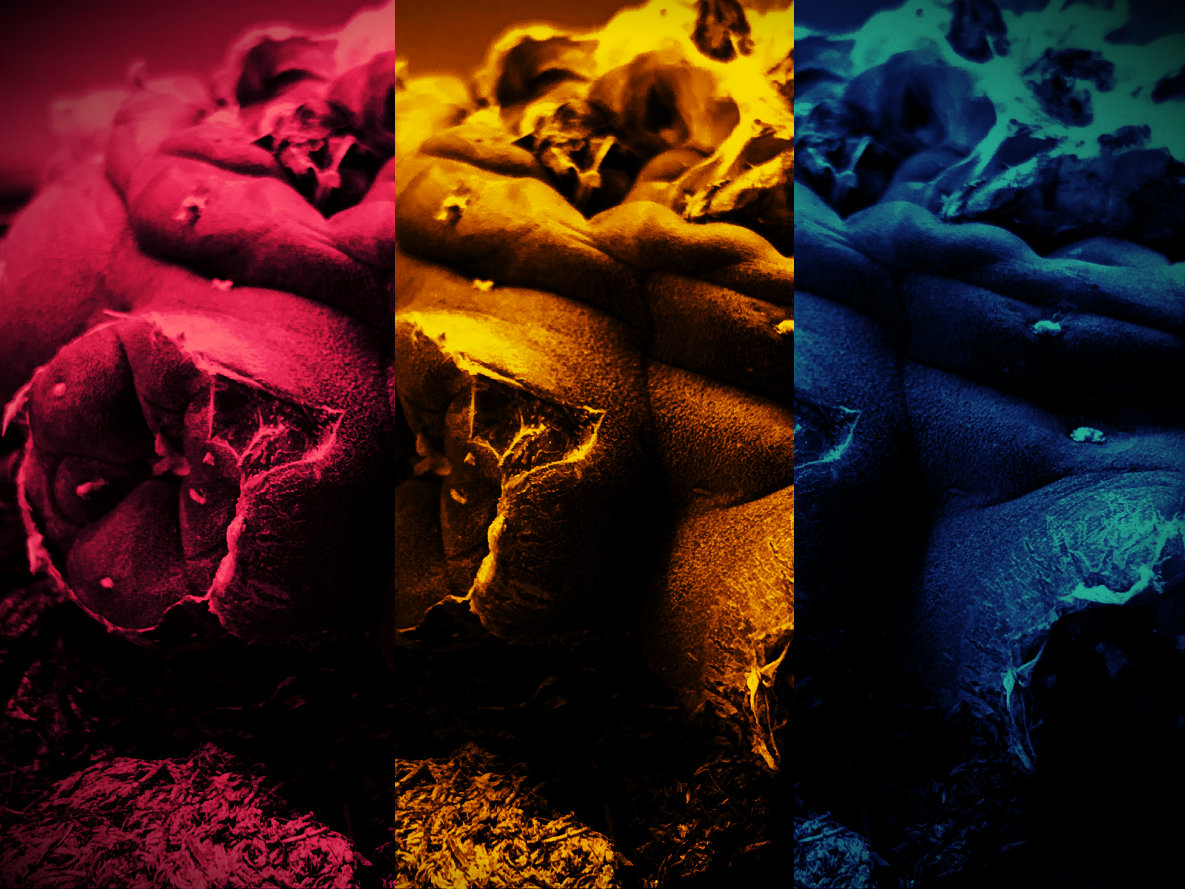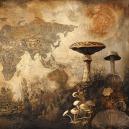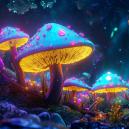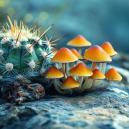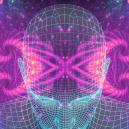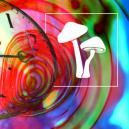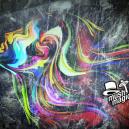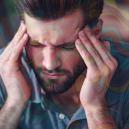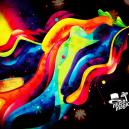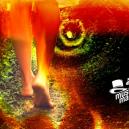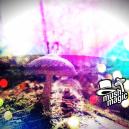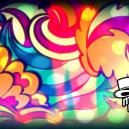Using Mind-Bending Psychedelics To Treat Mental Illness
Published :
October 15th, 2018
Categories :
Health

Psychedelics often get a bad rap, but recent studies show that all the fear surrounding hallucinogenics is completely unfounded. Here's how psychedelics may be used to treat certain mental illnesses.
As a matter of fact, psychedelics display numerous holistic healing effects and are often utilised to treat a variety of mental health disorders. When used in the correct doses, they can strengthen your physical and mental state, enhance your ability to focus, and improve your overall quality of life. In particular, psychedelics are very effective in treating symptoms of depression.
WHAT IS DEPRESSION?
Depression is an extremely common mental disorder that can range from mild and sporadic to severe and persistent. It’s estimated that 1 in 15 adults suffers from chronic depression, and at least 1 in 6 people will experience some level of depression at some point in their lives. Although depression can begin at any time, its onset most commonly occurs between the late teen years to the mid-20s. Since so many factors are at play, it has yet to be determined exactly why, but research shows more women suffer from depression than men, with as much as 33% experiencing a major depressive episode during their lives.
The most recognisable symptoms of depression are overall sadness and a loss of interest in things that used to cause joy—but the disease can manifest in a multitude of ways. Other symptoms of depression include:
• Change in appetite—either no appetite or overeating
• Trouble sleeping or oversleeping
• Fatigue/loss of energy
• Feelings of guilt and worthlessness
• Difficulty concentrating
• Thoughts of death and/or suicide
For an official depression diagnosis, symptoms must last 2 weeks or more. Depression can be extremely debilitating, but the good news is that it’s completely treatable. And it can even be treated with safe, natural remedies as opposed to questionable pharmaceutical drugs.
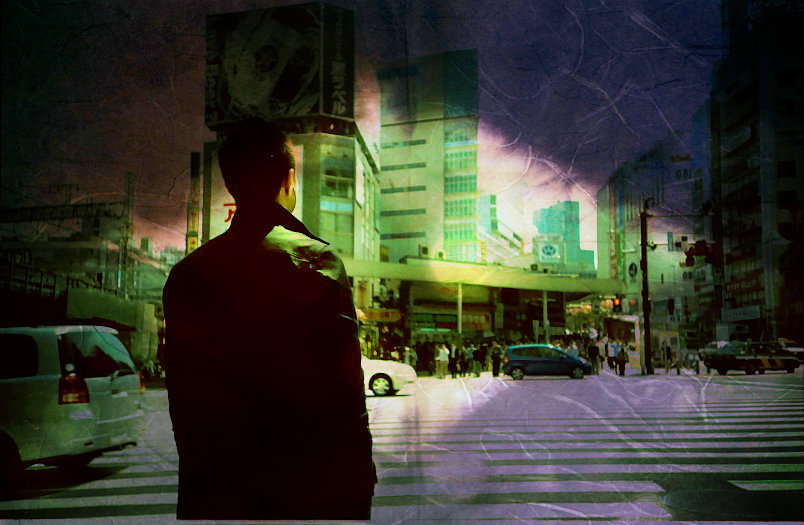
HOW PSYCHEDELICS CAN HELP
How a psychedelic drug effects the depressed brain depends largely on the drug in question and its active ingredients, as well as the person using it. That being said, they do all function in a fairly similar way. For people who suffer from mental disorders—whether it be depression, anxiety, addiction, etc—the brain is trapped in a certain pattern of thinking. This repetition is driven by the frontal cortex, which is essentially the brain’s control center. Hallucinogens—all of them—disrupt this process and free patients from the way of thinking that’s been suppressing them for so long.
In a fairly recent study, researchers observed a 57-year-old woman who suffered from clinical depression and anxiety. After trying different prescription medications to no avail, she volunteered for an experimental study being conducted at the University of California, Los Angeles. As part of her treatment, the woman took a daily supplement of psilocybin, the active ingredient in hallucinogenic mushrooms. After only one week of this treatment under direct professional supervision, she felt better and more vivacious.
It’s still very controversial, but according to a growing number of medical professionals, the mind-bending effects of hallucinogenic drugs can help patients get to the root source of their issues and experience therapeutic breakthroughs that could normally take months or even years.
MUSHROOMS
Psilocybin mushrooms—commonly referred to as shrooms or magic mushrooms—are part of a group of fungi that are known to have powerful cerebral effects. Prehistoric evidence uncovered in the Sahara Desert indicates that humans have been using magic mushrooms for at least 7,000 years, but likely longer. Prehistoric petroglyphs, paintings, and sculptures are full of mushrooms, and they’re believed to have had a huge impact on ancient culture. They were commonly used in rites of passage and religious ceremonies.
Despite its extensive history, it wasn’t until 1957 that psilocybin was first isolated and identified. This took place in the lab of none other than Albert Hofmann, the Swiss chemist who was also the first to synthesise LSD in the late-‘30s. During his career, Hofmann developed an extreme passion for organic hallucinogens used by the aboriginal people of Central America. He became the director of Sandoz Natural Products Department and commenced his extensive research on magic mushrooms.
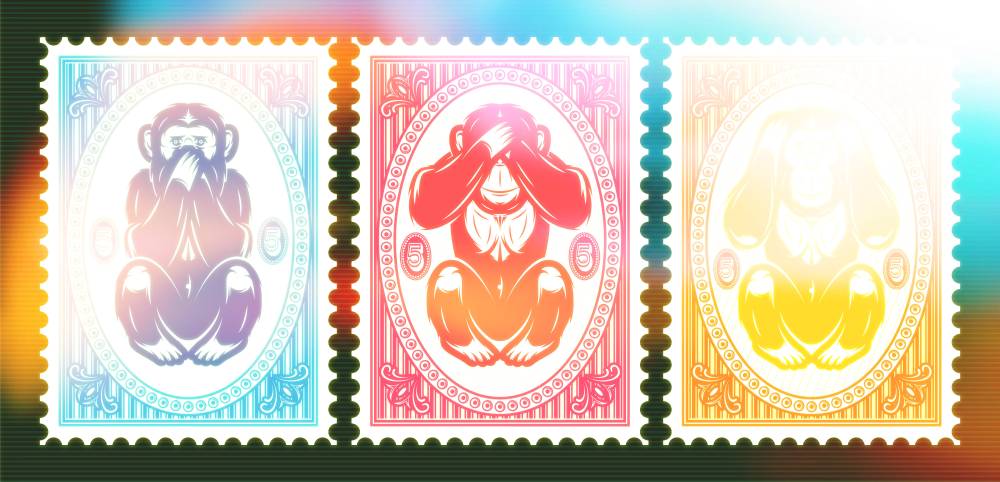
LSD/ACID
Formally known as lysergic acid diethylamide, acid is a synthetic compound created by Albert Hofmann in 1938. Starting in 1947, LSD (then called delysid) was used in the United States as a psychiatric pharmaceutical. By the mid-1950s, government agents at the CIA (United States Central Intelligence Agency) decided that acid might be better used in battle as a method to control the minds of enemy troops. They decided the best course of action would be to drug some of their own service members against their knowledge, causing them to be quirky, giggly, and unable to follow orders.
It only took a few years from that point for acid to become a popular recreational drug, particularly during the counterculture uprise of the 1960s. Acid was officially banned by the United States government in 1967. It can lead to people becoming increasing perceptive and connected to their surroundings. However, it can also cause negative reactions such as paranoia, anxiety, and delusion. AKA: the bad trip. Just like its more natural psychedelic counterparts, LSD is not addictive.
MESCALINE
Mescaline is another great all-natural psychedelic alkaloid found in the infamous peyote cactus (think Jim Morrison). It’s also dominant in the San Pedro cactus, the Peruvian torch cactus, and a few others. Just like mushrooms, mescaline has been used by Native Americans for thousands of years, most notably by the Huichols tribe in Mexico.
German chemist Arthur Heffter first identified mescaline in 1897 and found a way to isolate the compound. It was later synthesised for the first time by another chemist by the name of Ernst Späth. It wasn’t until 1955 that mescaline found itself in the spotlight thanks to British politician Christopher Mayhew. As part of an experiment for BBC’s (British Broadcasting Corporation) show Panorama, Mayhew was recorded taking 400mg of mescaline in the presence of a highly trained psychiatrist. The network and fans alike perceived the recording as controversial, so it was eventually pulled, but Mayhew really enjoyed his experience, even stating that it was the most interesting thing he’d ever done in his life.
CONCLUSION
To summarise, if you’ve found yourself searching for a natural method to manage depression symptoms, psychedelics might be the answer. Even though many opt for the organic substances like mushrooms and mescaline, LSD is also a viable option. It’s best to start by microdosing, so you can work your way up to the perfect dose. Always proceed with caution and do your research before using psychedelics to ensure they are safe for you.

